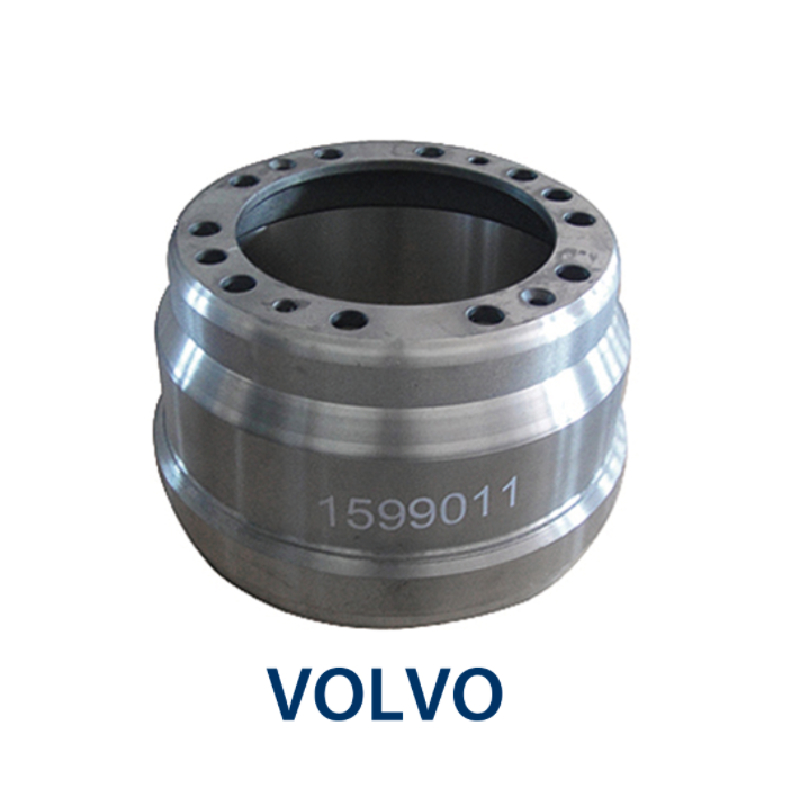aug . 14, 2024 06:21 Back to list
Understanding the Components and Functionality of Brake Drum Systems in Automotive Engineering
Understanding Brake Drum Components A Key to Vehicle Safety
Brake systems play a critical role in the safety and performance of vehicles. Amongst the various types of brake systems, drum brakes remain prevalent, especially in older vehicles and on the rear wheels of many contemporary automobiles. Understanding the components of brake drums is essential not only for automotive technicians but also for drivers who wish to comprehend their vehicle’s operation better.
1. Brake Drum The Heart of the System
At the core of the drum brake system is the brake drum itself. This cylindrical component is typically made of cast iron or aluminum and rotates along with the wheel. When the brakes are applied, the drum turns within the brake assembly. Its primary function is to provide a surface against which the brake shoes can press to create the necessary friction for slowing down or stopping the vehicle.
2. Brake Shoes The Friction Generators
Brake shoes are curved metal pieces lined with a friction material, typically made of composite materials or organic compounds. When the brake pedal is pressed, hydraulic force pushes the brake shoes outward against the inside surface of the brake drum. The friction generated between the shoes and the drum results in the deceleration of the wheel. The design and material of brake shoes are crucial, as they significantly contribute to the braking efficiency and overall vehicle safety.
3. Wheel Cylinder The Hydraulic Heart
The wheel cylinder is a key player in the drum brake system. It is a small hydraulic cylinder located at the top of the brake assembly. When the brake pedal is pressed, brake fluid is forced into the wheel cylinder, causing its pistons to push the brake shoes outward. This hydraulic mechanism amplifies the force applied by the driver, allowing for a more effective braking action. Regular inspection of the wheel cylinder is important as leaks or malfunctions can significantly diminish braking performance.
brake drum components

4. Springs The Unsung Heroes
Springs in the drum brake system play a multifaceted role. There are typically two main types of springs return springs and hold-down springs. Return springs quickly pull the brake shoes back into their resting position when the brake is released, preventing dragging and unnecessary wear. Hold-down springs secure the brake shoes to the backing plate. Their condition and tension are crucial for the proper functioning of the drum brake assembly; worn or broken springs can lead to brake noises, reduced efficiency, and even complete brake failure.
5. Backing Plate The Foundation
The backing plate is the component that houses all the drum brake parts, providing structural integrity to the assembly. It is typically made of steel and is attached to the vehicle’s axle. The backing plate not only supports the other components but also serves as a platform for mounting the brake assembly to the vehicle.
6. Adjusters Keeping Everything in Sync
Most drum brake systems are equipped with an adjuster mechanism that maintains the correct distance between the brake shoes and the brake drum. Over time, brake shoes wear down, increasing the distance required for effective braking. The adjuster automatically compensates for this wear, ensuring consistent braking performance. Regular maintenance is essential to ensure that the adjusters are functioning properly.
Conclusion
The brake drum components work in unison to ensure the reliability and safety of a vehicle’s braking system. Understanding each part's function helps in recognizing the importance of proper maintenance and timely repairs. While many drivers may take for granted the complex engineering that keeps their vehicle safe, a little knowledge about brake drums can encourage more responsible vehicle care practices and enhance overall road safety. Regular inspections and maintenance can help drivers avoid potential brake failures and ensure their vehicles operate smoothly and safely.
-
Brake Drum Man - High-Quality Drum Brake Drums & Brake Shoes for Reliable Performance
NewsJun.24,2025
-
High-Quality Brake Drum Kamaz – Durable Drum Brake Drum & Brake Shoe Replacement
NewsJun.10,2025
-
High-Quality Brake Drum Liza for Drum Brake Systems - Superior Durability and Performance
NewsJun.10,2025
-
High-Quality Brake Drum Kamaz – Durable Drum Brake Drum & Brake Shoe Solutions
NewsJun.10,2025
-
Durable Kamaz Brake Drums High-Performance Truck Parts
NewsJun.09,2025
-
Premium Brake Drum Maz Kit with Shoes Enhanced Braking
NewsJun.09,2025
